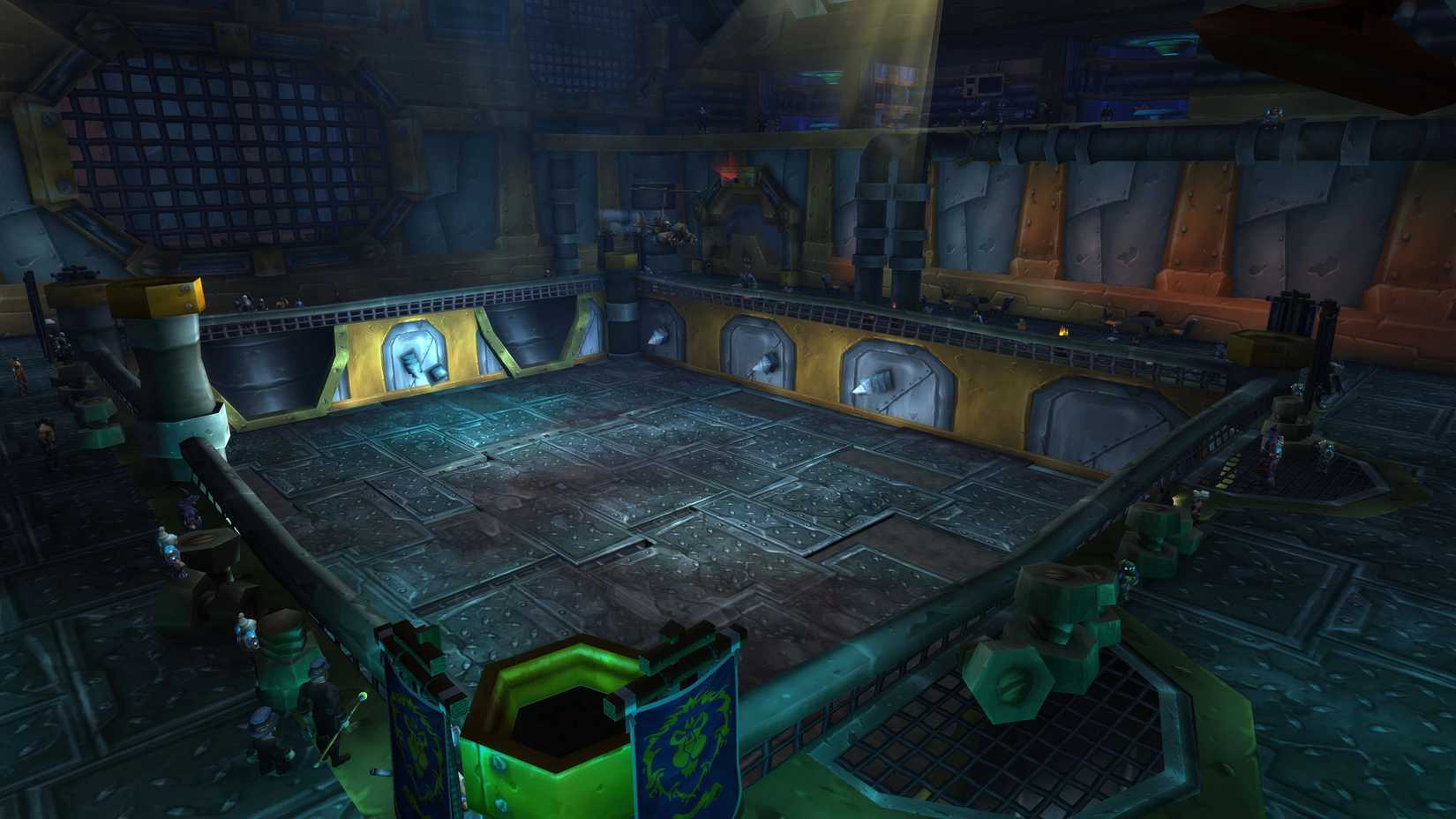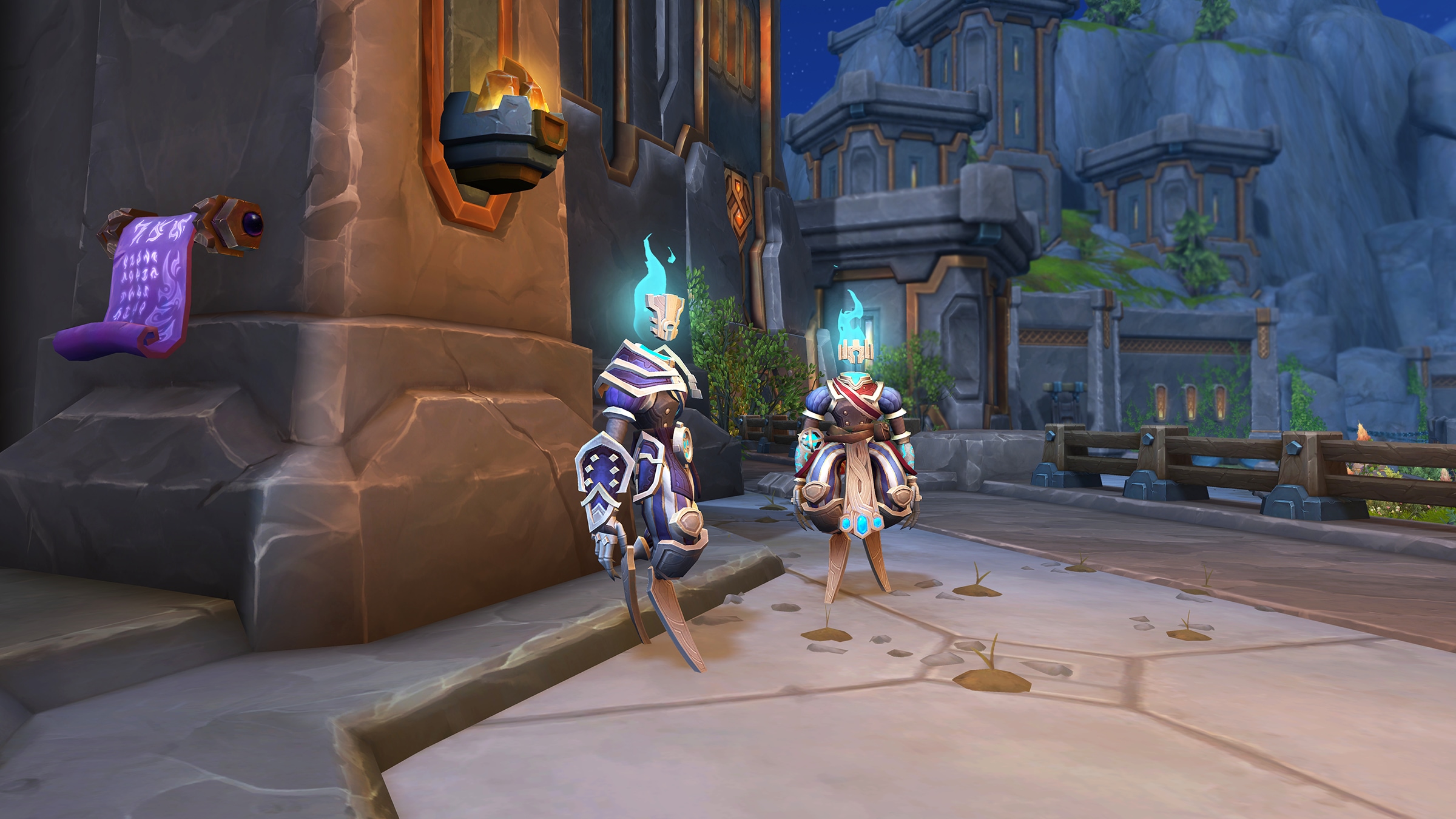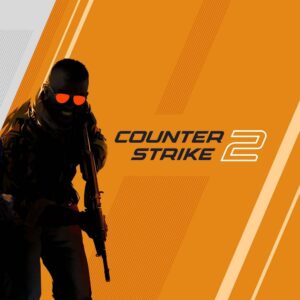The End of an Era: WoW’s Next Expansion, ‘Midnight,’ Signals the Near-Death of Core Combat Add-ons Like WeakAuras and DBM
Popular Now
 PUBG Mobile
PUBG Mobile
 Grand Theft Auto V
Grand Theft Auto V
 Call of Duty
Call of Duty
 League of Legends
League of Legends
 God of War Ragnarök
God of War Ragnarök
 Schedule I
Schedule I
 Genshin Impact
Genshin Impact
 R.E.P.O
R.E.P.O
 BeamNG.drive
BeamNG.drive
 Toca Boca World
Toca Boca World
 A monumental shift is underway in the landscape of World of Warcraft. As the next expansion, codenamed ‘Midnight’, moves through its Alpha testing phase, Blizzard Entertainment has confirmed extensive changes to the game’s Add-on API that are set to fundamentally disable the core functionality of essential combat tools. The fallout is already being felt across the community, with the developers of the ubiquitous and most popular Add-on, WeakAuras, announcing that they will not be updating the software for the new expansion. This development marks the effective end of an era for high-level competitive play, where third-party modifications have long been considered mandatory.
A monumental shift is underway in the landscape of World of Warcraft. As the next expansion, codenamed ‘Midnight’, moves through its Alpha testing phase, Blizzard Entertainment has confirmed extensive changes to the game’s Add-on API that are set to fundamentally disable the core functionality of essential combat tools. The fallout is already being felt across the community, with the developers of the ubiquitous and most popular Add-on, WeakAuras, announcing that they will not be updating the software for the new expansion. This development marks the effective end of an era for high-level competitive play, where third-party modifications have long been considered mandatory.
The restrictions are centered on preventing Add-ons from reading and reacting to real-time combat data, a move Blizzard states is necessary to reclaim control over encounter design and level the playing field for all players. This decision affects not only WeakAuras but also other core raiding and dungeon utilities like Deadly Boss Mods (DBM) and BigWigs. The impact on the game’s meta, especially in Mythic+ Dungeons and Mythic Raiding, cannot be overstated.
The ‘Black Box’ of Combat Data: Why WeakAuras is Dying
The technical change at the heart of the controversy involves what developers are referring to as the “black box” of combat data. In Midnight, once a player enters an instanced activity like a raid or Mythic+ dungeon, the Add-on API—the interface that allows mods to interact with the game—will no longer provide direct, decipherable information about real-time combat events.
- Loss of Personal Combat State: The most crippling blow to WeakAuras is the loss of access to the player’s own combat state. This includes tracking personal buffs, debuffs, ability procs, and cooldowns. For classes that rely on complex rotations and split-second decisions based on these timers (such as Feral Druids, Shadow Priests, or Outlaw Rogues), the functionality that allowed players to create custom, highly visible tracking bars and alerts is now fundamentally gone.
- Boss Mechanic Timers: Popular mods like DBM and BigWigs, which provide precise countdowns and audio warnings for WoW Raid Mechanics, will also cease to function as they once did. Their ability to read the combat log for boss ability casts and timing will be severely curtailed in real-time, effectively removing the scripted assistance that many players have relied on for over a decade.
- Add-on Developer Response: The WeakAuras team’s public announcement confirming they will not be developing a version for Midnight underscores the severity of the restrictions. According to the developers, the API changes make core functionality, such as having multiple triggers or complex conditions, impossible. Any new version would be a “barely recognizable” shadow of the current tool.
 Blizzard maintains that the goal is not to “kill WeakAuras,” but rather to break the escalating “arms race” between encounter designers and Add-on developers. As boss fights became more complex, third-party Add-ons evolved to solve mechanics for players, forcing developers to, in turn, design even more complicated encounters under the assumption that these tools would be used. The net result was that new, casual, or non-technical players were effectively locked out of challenging content without hours spent configuring mods.
Blizzard maintains that the goal is not to “kill WeakAuras,” but rather to break the escalating “arms race” between encounter designers and Add-on developers. As boss fights became more complex, third-party Add-ons evolved to solve mechanics for players, forcing developers to, in turn, design even more complicated encounters under the assumption that these tools would be used. The net result was that new, casual, or non-technical players were effectively locked out of challenging content without hours spent configuring mods.
Blizzard’s Countermeasures: Built-In Replacements and Core Gameplay Changes
In response to the Add-on crisis, Blizzard is simultaneously rolling out a suite of integrated, native tools and making sweeping changes to the game’s core design philosophy. The company is betting that their in-house solutions and a new approach to encounter design will mitigate the loss of the beloved third-party tools.
Integrated UI and Cooldown Management:
Blizzard plans to introduce and enhance in-game functionality to replace the lost Add-on features. These include:
- Native Boss Ability Tracking: An official, built-in system designed to replicate the essential warning and timer functions of DBM/BigWigs, providing players with necessary information about imminent boss mechanics.
- Improved Cooldown Manager: Enhancements to the default UI’s cooldown tracking capabilities, aiming to give players clearer, more customizable visual feedback on personal buffs, debuffs, and ability cooldowns. However, initial feedback from the Alpha community suggests these tools currently lack the depth and flexibility that WoW Addons have provided for years.
- Class Design Simplification: To reduce the necessity of Add-ons for optimal performance, Blizzard is actively reviewing and simplifying many class rotations. This includes removing or adjusting talents and abilities that relied heavily on tracking multiple, subtle procs and temporary buffs—reducing what the developers call “cognitive load.” Examples cited include changes to Outlaw Rogue’s Roll the Bones and the removal of Feral Druid’s Bloodtalons.
 The New Encounter Design Philosophy:
The New Encounter Design Philosophy:
The developers are committing to a new design direction for Midnight’s end-game content, focusing on clarity over complexity:
- Clearer Telegraphs: Boss mechanics will feature more obvious visual cues and telegraphs, making it easier for players to react using only the default UI.
- Longer Reaction Windows: Group mechanics will have slightly extended windows of opportunity to react, reducing the reliance on scripted, sub-second alerts from WeakAuras.
- Reduced Clutter: Efforts are being made to minimize excessive, overlapping ground effects and simplify the number of simultaneous mechanics a raid group must manage.
The Community’s Reaction: Uncertainty and a ‘Disaster’ for Competitive Gaming
The reaction from the World of Warcraft community has been swift and deeply divided. While some players, often those who avoid Add-ons or are frustrated by the game’s high skill floor, welcome the change as a “healthier” long-term direction, the majority of the competitive player base is voicing concern and anger.
Competitive raiders and Mythic+ enthusiasts argue that Add-ons like WeakAuras provided not just an advantage, but a necessary level of information density and customization that the default UI has historically failed to deliver. The ability to move and resize vital information—such as seeing a critical debuff prominently displayed in the center of the screen instead of lost among dozens of small icons—was a vital accessibility and performance tool.
Healing community members are particularly alarmed, as healing Add-ons like Grid and VuhDo, which rely on tracking buffs, HoTs (Heals over Time), and debuffs in a digestible format on raid frames, are expected to suffer massive functional losses. The fear is that Blizzard’s minimal replacements will lead to a clunky, less effective healing experience.
The critical concern is the timeline. Blizzard is enacting the severe Add-on restrictions in the Alpha stage, long before the quality and efficacy of their native replacement tools can be truly tested or proven. The sentiment among many long-time players is captured by the recurring comment: “They are burning down the forest before they’ve planted the replacement trees.” This lack of immediate, robust alternatives creates significant anxiety about the playability of the game’s most challenging content upon the Midnight launch.
Outlook: A High-Stakes Bet on the Future of WoW
Blizzard’s decision is a high-stakes gamble. By drastically limiting the capabilities of WoW Addons, the company is attempting to reset two decades of community-driven UI development and redefine what it means to master the game’s combat. The success of this move will depend entirely on their ability to deliver a native UI experience that is not only functional but also flexible enough to meet the varied demands of a diverse player base—from casual dungeon-goers to World First raiders.
The disappearance of core functionality from WeakAuras is more than just a technical change; it represents a fundamental philosophical shift in the developer-player relationship. For a gaming community built on customization and the collaborative sharing of powerful Add-on tools, the next few months will determine if Midnight leads to a healthier, more accessible World of Warcraft, or an experience frustratingly stripped of the tools players have grown to depend on for competitive excellence. Industry analysts will be closely watching the impact on player engagement and game subscription revenue as the expansion rolls out.
Source: Information compiled from recent Blizzard developer interviews (Ion Hazzikostas, Crash Reed), official World of Warcraft Alpha patch notes, and public statements from Add-on developer teams (WeakAuras team) and community figures.










